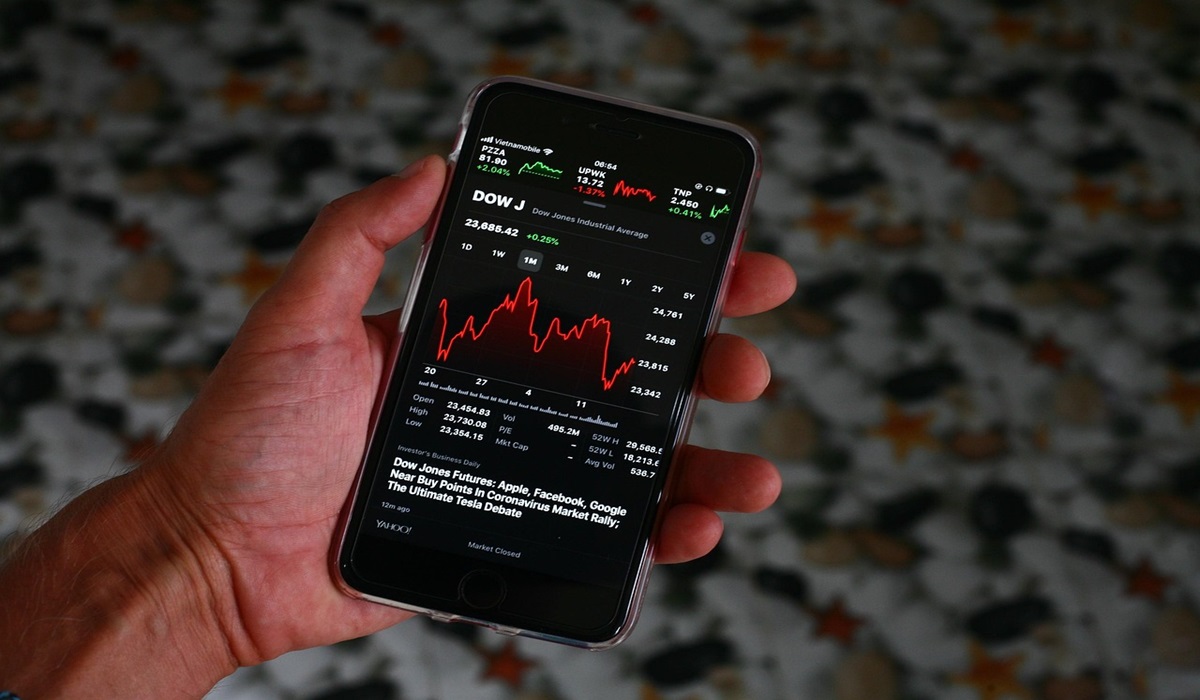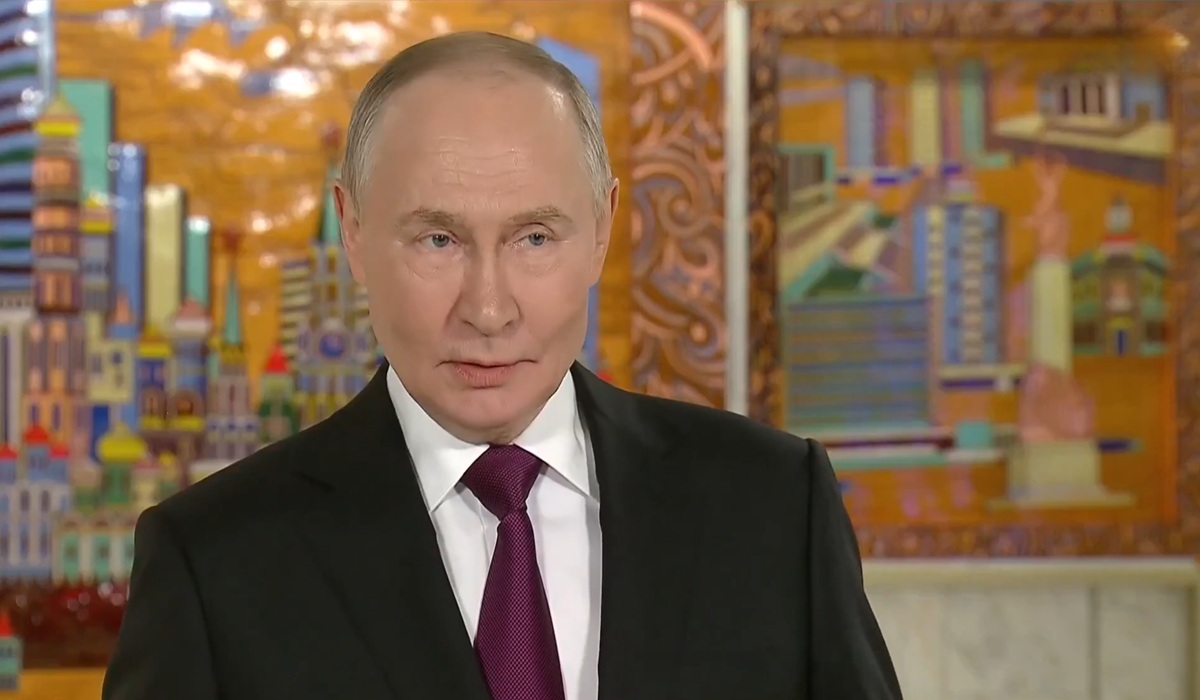Image Credit: Sergeitokmakov
August 1, 2025 — U.S. and global financial markets fell sharply today following President Donald Trump’s implementation of sweeping new tariffs on dozens of countries, an aggressive escalation in the administration’s “reciprocal trade” agenda. The tariffs, which took effect at midnight, range from 10% to 41% depending on the country and product category. Canada faces a 35% tariff on a broad spectrum of goods not covered under the USMCA, while India was hit with a 25% rate, Taiwan 20%, South Africa 30%, and Switzerland up to 39%. The tariffs framed as a long-overdue correction to “unfair trade practices,” immediately rattled investor confidence.
The response on Wall Street was swift. The S&P 500 fell 1.1% by early afternoon trading, the Dow Jones Industrial Average dropped by 383 points—about 0.9%—and the Nasdaq Composite lost 1.5%, driven largely by losses in major tech stocks, including a 7% drop in Amazon shares. Investors were already on edge from signs of slowing growth, and the tariffs added an unexpected layer of risk. Exchange-traded funds tracking the major indices reflected the downturn: SPY, which tracks the S&P 500, fell 1.2%; DIA, which tracks the Dow, was down 1.18%; and QQQ, representing the Nasdaq-100, declined by 1.35%.
The market turbulence was not limited to the United States. European stocks opened lower and continued to slide, with the pan-European STOXX 600 index shedding 1.3% by mid-day. Germany’s DAX and France’s CAC 40 posted similar losses. In Asia, Japan’s Nikkei dropped 0.7%, China’s CSI 300 fell 0.5%, and Hong Kong’s Hang Seng declined nearly 1%. Early signals from diplomatic channels in Canada, India, and the European Union suggest retaliatory tariffs are under consideration, which could escalate trade tensions even further in the coming weeks.
Adding to the uncertainty, the U.S. Department of Labor released a weaker-than-expected July jobs report this morning. Nonfarm payrolls rose by just 73,000, far below the consensus estimate of 110,000, and the unemployment rate ticked up to 4.2%. The data reinforced investor fears that the U.S. economy may be losing momentum. The soft labor market pushed bond yields lower, as traders increased their bets on a near-term interest rate cut by the Federal Reserve. The yield on the 2-year Treasury note dropped by 17 basis points, while the 10-year yield fell 9 basis points. Fed funds futures are now pricing in a 90% probability of a rate cut at the central bank’s September meeting, up from 45% earlier in the week.
Economists warn the sudden imposition of broad tariffs may have unintended consequences. Higher import costs could squeeze corporate profit margins, especially for manufacturers and retailers reliant on global supply chains. Those costs may also get passed on to consumers, potentially reigniting inflationary pressures at a time when the Federal Reserve is cautiously seeking stability. Business leaders from sectors ranging from automotive to consumer electronics expressed alarm, with several industry groups issuing statements urging the administration to reconsider its approach or risk undermining domestic investment and job creation.
Despite solid GDP growth in the second quarter and strong earnings from many major corporations in July, market sentiment is increasingly fragile. Some analysts believe the U.S. economy remains resilient enough to weather this storm, but others caution that continued policy shocks, especially on trade, could tip consumer and business confidence into retreat. While the administration frames the tariffs as leverage for future negotiations, the lack of coordination with allies and trading partners has raised fears that the strategy may backfire.
Today’s events mark one of the most consequential days for global markets in 2025, driven not by fundamentals, but by an abrupt policy shift with wide-reaching implications. Whether this marks the beginning of a prolonged downturn or a temporary adjustment will depend on the administration’s next steps, the global response, and how quickly the Federal Reserve acts to cushion the blow. Investors, for now, appear to be bracing for a volatile few months ahead.









